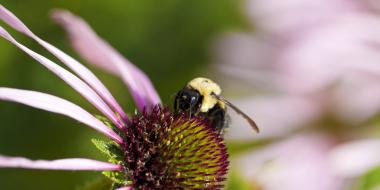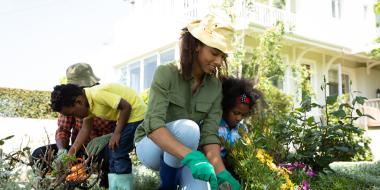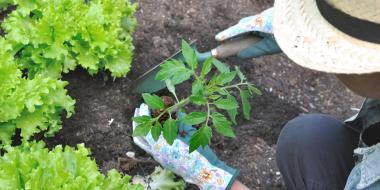If you’ve ever thought farming is a summer-only job, think again – our farmer friends are cozied up indoors during the winter months carrying out the important task of planning for the season ahead. You don’t have to let them have all of the fun; next time there’s a cold day keeping you indoors, gather your gaggle of kiddos and get started on your own garden plan! Gardening offers myriad learning opportunities in the areas of science, social studies, math, and art. If you’re homeschooling, you may like to connect this activity to your provincial curriculum. Here’s a quick outline of some of the topics that may be touched on or can be woven into this rewarding winter activity.
- Needs of living things
- Plant anatomy and physiology
- Daily and seasonal changes
- Life cycle of a seed
- The water cycle
- Photosynthesis
- Soils
- Weather
- Ecosystems
- Measuring (measure your garden space, plot out a square foot garden)
- Recording data (track growth and weather)
- Math (if you plant 16 carrots per square foot, how many square feet of carrots will your family need to have x amount of carrots?)
- Social studies (think about the rich culture around growing food - three sisters gardens, etc.)
Some ideas for planning your garden:
Plot
Draw a plan based on the size of your garden box or space. Consider looking up square foot gardening, which is a great way to work in some math! With square foot gardening, you divide your allotted space into square feet. Thankfully for us, others have already done the wok of determining how many of each plant type will grow well in each square foot. A few examples: 16 carrots, 1 squash, 1 tomato, or 9 onions can fit in one square foot. As you plan your space consider questions such as:
- How much space do you have?
- How many plants will you need to fill the space?
- Will the garden receive enough sunlight to produce well?
Plants
Choose your plants. You can start by checking your seed stash to see what you already have on hand. Try this fun activity to see if the seeds will sprout! Then branch out by looking at seed catalogues and gardening books - either in print or online. Make a day of it by heading out to your local garden centre for inspiration. As you choose your plants, consider questions such as:
- What are your favourite foods?
- How can you plan ahead for healthy meals with a mix of colours on your plate?
- Will you include plants to attract pollinators?
- Are there plants that will work better or worse within your climate and micro-climate?

Plan
Create your masterpiece! Planning a garden truly is an art. Put pencil to paper or mock it up on the computer – just be sure you allow yourselves to rework as you go; it’s seldom just right on the first try and that is part of the learning process. As you find a home for your plants within your garden space, consider things such as:
- How tall will the plants grow? Be sure to determine sun exposure as you plan.
- Consider companion planting. The saying to keep your friends close and your enemies closer does not apply to organic gardening! Organic gardeners often use a method called companion planting to take advantage of beneficial relationships between certain plants. Lists can be found in a variety of books and websites. These partnerships can aid in pest management, soil nutrients, and even flavour. Similarly, permaculture guilds group multiple plants together with beneficial functions and are worth checking out.
For great information on adding delicious and healing herbs to your garden, check out EcoParent article Grow Your Own Healing Herbs by Heidi Lescanec, ND.

Print out this guide to square-foot gardening that includes a blank square foot garden to fill in, as well as a plant spacing guide and companion planting list!







